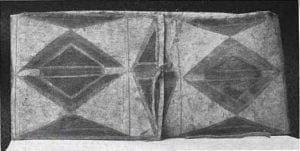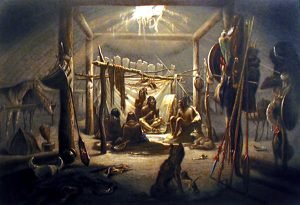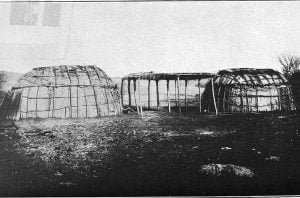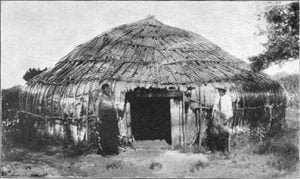Biographical Sketch of Paul Kane
Paul Kane, born at York, the present city of Toronto, 1810; died 1871. After spending several years in the United States he went to Europe, where he studied in various art centers. Returned to Canada, and from early in 1845 until the autumn of 1848 traveled among the native tribes of the far west, making a large number of paintings of Indians and scenes in the Indian country. One hundred or more of his paintings are in the Museum at Toronto; others are in the Public Archives of Canada, Ottawa. Some of the sketches and paintings were reproduced in his … Read more












